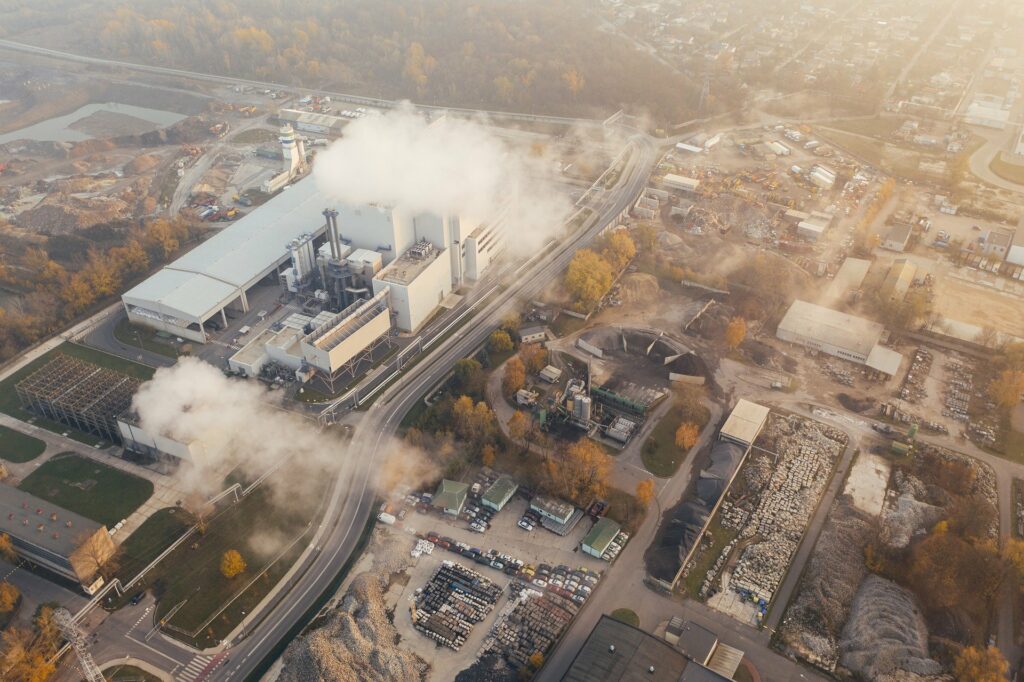In 2019, the UK became the first major country to legislate for a net-zero target for carbon emissions by 2050. This commitment means that emissions from all sectors of the economy – including industrial, commercial and public sector buildings such as schools, hospitals and local government offices – will have to cut or offset. It is a key way in which the country is aiming to combat the climate change crisis.
Given this massive push to green the economy, Graham + Sibbald’s Manchester office (alongside all the company’s other offices) are working with clients to help them to highlight potential improvements to the carbon footprint of their building stock – both by enhancing the building fabric and improving the environmental credentials of the plant and systems that are used to heat and cool them.
Most notably, our team in Manchester is using drones to conduct thermal imaging surveys of key commercial buildings. This is a very cost-effective way to assess the energy efficiency of the building envelope and to pinpoint ways in which the performance of a building can be made more carbon neutral.
However, many building managers and other clients are asking us why they should put in the time and money needed to move towards carbon neutrality, given that it can involve considerable short-term investment in time and money.
Our reply is, first, that there are real opportunities for cost savings. Through our survey work, we often find that building managers can make simple, cost-effective changes that can have a significant impact on the amount of energy needed to heat a property – and consequently reduce operating costs. For example, our thermal imaging drone technology often picks up faulty seals around windows which are relatively cheap to fix and can make a really a big difference.
There are also a wide range of long-term savings that can be made by implementing renewable energy systems such as photovoltaic panels and ground-source heat pumps. To show the potential of this work, the Carbon Trust (a national body that works to accelerate the commercialisation of low carbon technologies) has reported that over the longer term, CO2 reductions of as much as 75 percent in buildings can be achieved by 2050 at no net cost to the UK economy.
We also highlight to clients that regulations in this area are getting ever more stringent and that companies need to be aware of their responsibilities in this area and be ready to act. One example is the Energy Saving Opportunity Scheme (ESOS), this mandatory programme requires large companies to produce detailed reports on their energy use.
The flip side to this is that there are a number of significant government grants available for this type of work, including a recently announced grant programme called the Public Sector Decarbonisation Scheme (PSDS). Indeed, many of our clients come to us asking for us to highlight energy efficiency work they can do that will qualify for grant support.
Another key benefit of aiming for carbon neutrality is the fact that improving the environmental performance of building stock is a powerful way to prove that a business or organisation is really committed to being sustainable. A commitment that goes far beyond the usual green slogans or policy statements.
For more information on how Graham + Sibbald’s Manchester Office can help make your buildings more carbon neutral contact: T: 0161 302 5312. E: manchester@g-s.co.uk






